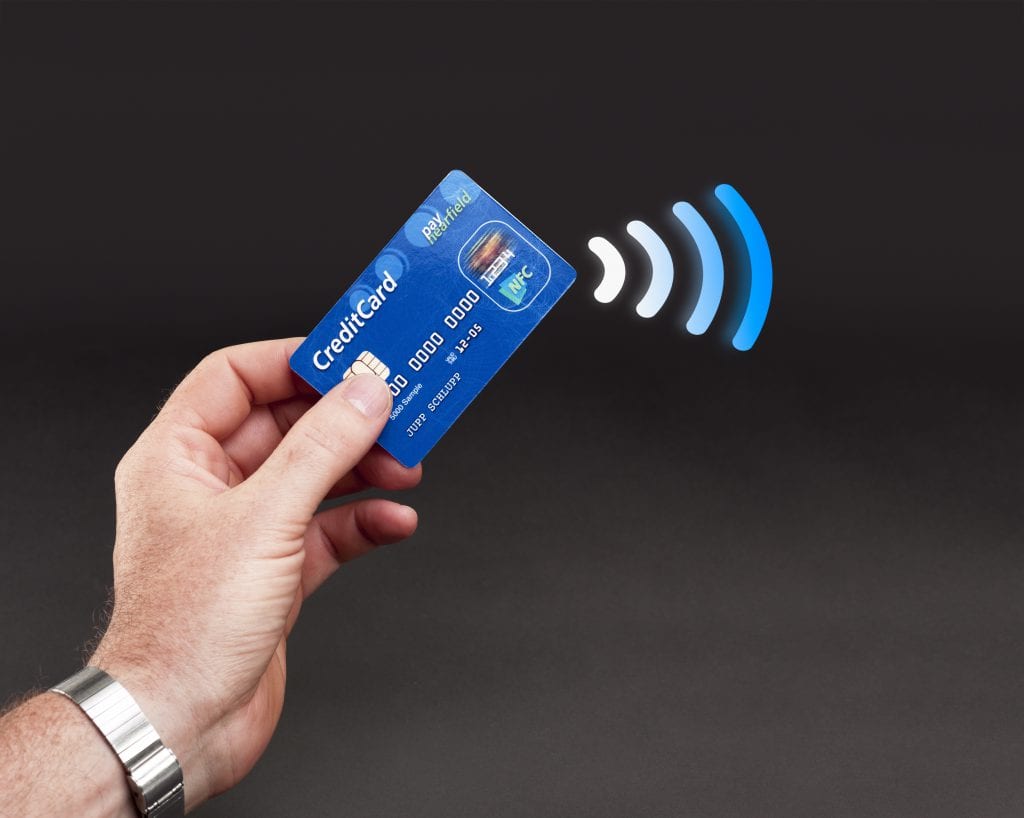An article posted to the website Tearsheet, contemplates why the U.S. market has decidedly turned its back on contactless card technology. Contactless capabilities offered on dual interface cards allow consumers to simply and quickly tap or wave their card in front of a POS terminal to provide their payment details and complete an in-person transaction. Some of the blame is placed on failed contactless card rollouts of the past:
Three years ago, Chase discontinued contactless Chase Blink cards it rolled out in 2005, and US Bank scrapped them after an unsuccessful test run a few years ago. Although some transit providers have made inroads in the adoption of contactless cards (e.g. Chicago’s Ventra Card, and more recently Philadelphia’s SEPTA Key Card), U.S. banks are more cautious. Among major banks still offering contactless cards, Capital One has included the feature on some of its cards as of April of this year. The wait-and-see approach among many U.S. banks underlies their nervousness about whether contactless cards will catch on among customers.
I would add the Citi Costco card to the list of disappointing contactless card rollouts. That rollout of contactless cards to over 11 million accounts could have made an impact on the market, except that these cards don’t work as a contactless card at Costco. Costco terminals are not contactless enabled. And anecdotally, there have been struggles to get them to work at other merchants that do accept contactless forms of payment such as Apple Pay and Android Pay. Costco instead spent their efforts (successfully) on making contact transactions fast for all payment types they accept. The same issue that plagues the further growth of mobile payments, namely understanding where they work, is holding back contactless:
We know consumers prioritize simplicity and ease of use, and that means being able to easily discern whether or not a merchant accepts contactless payments,” said Dean Rowley, senior vice president of payments at TD Bank. “Right now, that isn’t always clear, so it’s simply easier and more convenient for consumers to swipe or insert their card. Slow adoption of cardless options like Apple Pay and other mobile wallets by both consumers and merchant terminals indicates low consumer demand,” he said, adding that cards that allow for contact and contactless transactions (the so-called dual interface cards) are costly.
Overview by Sarah Grotta, Director, Debit Advisory Service at Mercator Advisory Service
Read the full story here
